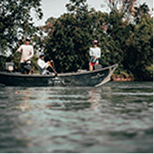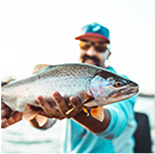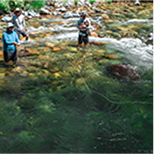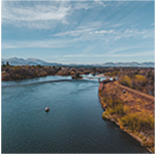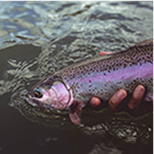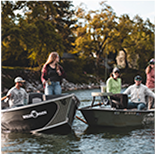50-75 miles of prime water
Guided Steelhead Fly Fishing Trips
on the Trinity River

One of Northern California’s gems
Small River. Big Rewards.

Over the past decade, the Trinity River has earned its reputation as one of the premier places in the West to consistently catch native Pacific Steelhead. Located just 30 miles west of Redding, it flows from below Lewiston Lake for more than 150 miles before joining the Klamath. Our fly fishing guides focus on the upper stretches—from Lewiston to Junction City—where dependable runs of both wild and hatchery steelhead return year after year. These runs begin as early as August and can stretch into March. With its intimate setting and reliable action, the Trinity offers one of the most rewarding guided fly fishing trips in Northern California.
River Highlights
Size & Scale:
The Fish:
Seasonal Action:
What Makes It Special:
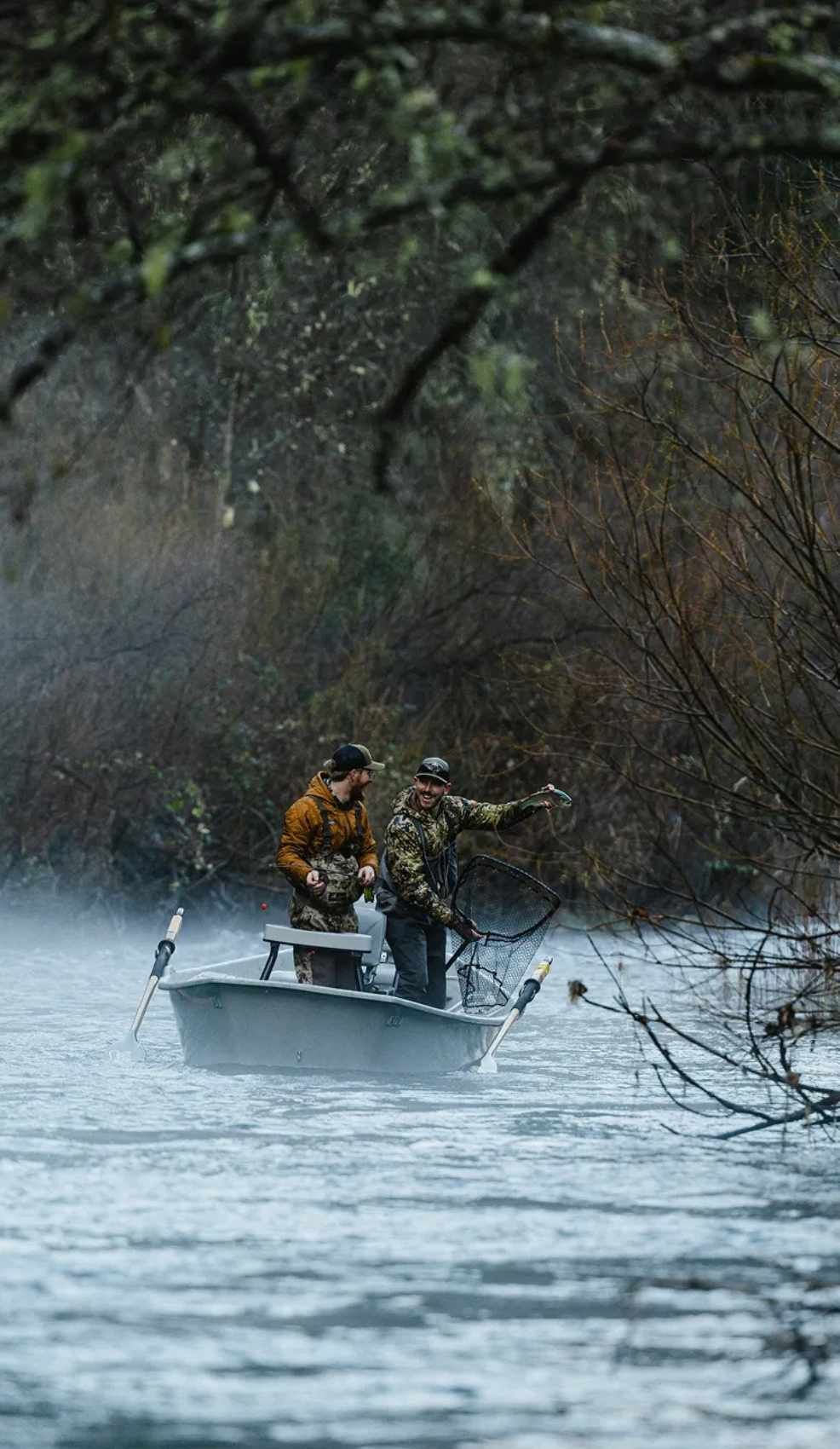
Seasonal Guide

At a Glance
- Prime Season: Fall (September-November) for numbers and aggressive fish
- Secondary Peak: Winter (December-February) for the largest fish
- Spring Bonus: March-April for dry fly opportunities with post-spawn fish
- Best Conditions: September for solitude, October-November for numbers
- Pro Tip: Winter fishing is best after storms when water is dropping and clearing
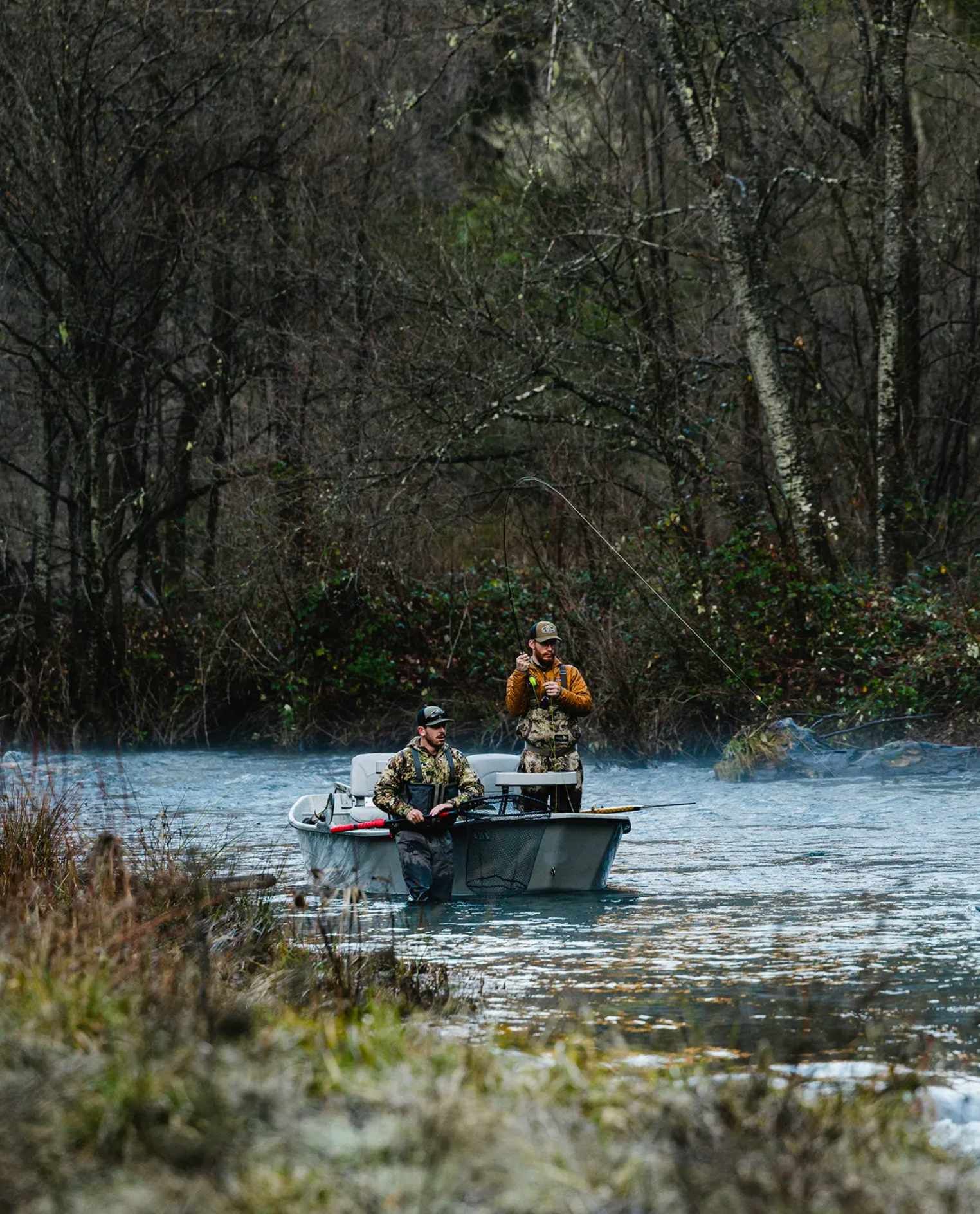

Species Spotlight: Trinity Steelhead
- Mix of wild and hatchery steelhead
- Summer runs begin in August, winter runs peak December-February
- Known for consistent numbers and aggressive takes
- Best swung fly action during warmer months
- Nymphing productive in winter conditions
- Small river offers intimate fishing opportunities
- Notable mix of half-pounders and adult fish
TESTIMONIALS
What Others Are Saying
Ready to Fish on Trinity River?
From summer-run aggression to winter giants, the Trinity offers some of California's most consistent fly fishing action. Whether you're hunting chrome or seeking numbers, we'll time your trip for success.



